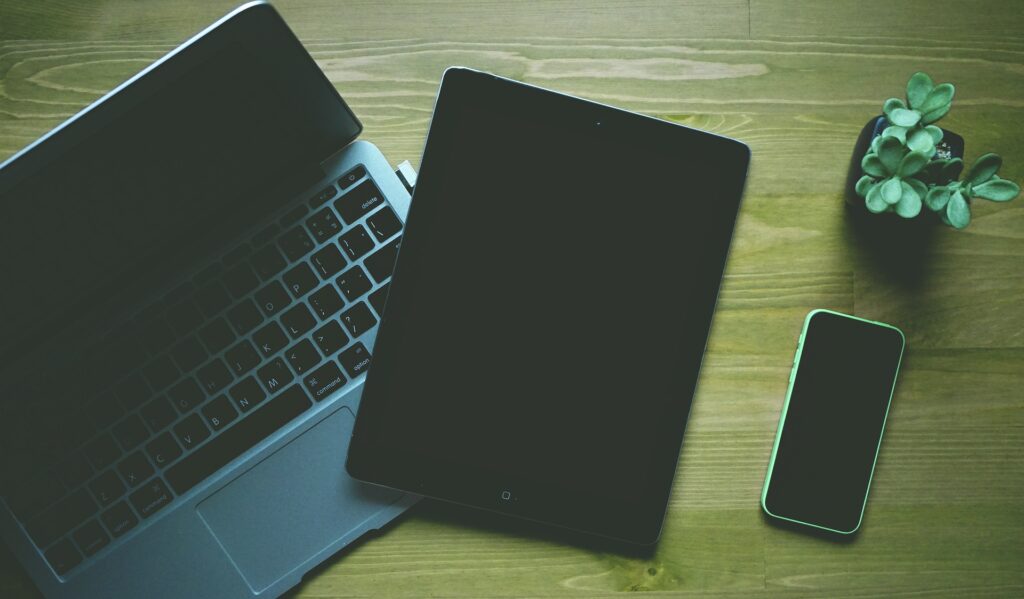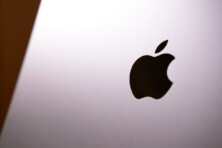If you’re anything like me, you’ve undoubtedly spent a lot of time attempting to keep bad people away from your iPhone and iPad. It is still possible for someone to access your device, even with the best encryption and security settings. I’ll demonstrate how to set up the security and privacy settings on your iPhone and iPad in case someone gets to get their hands on it because of this.

Location
You can share your present location with the individuals you’re interacting with using the location services function. It’s a fantastic method to make it easier for them to locate you if they need to, but bad apps can also take advantage of it to track your whereabouts and send spam messages.
In Settings > Privacy > Location Services, you can disable all location services or enable specific ones only when necessary.
When an app seeks permission, the location setting will automatically turn on (i.e., “Get my location”). The majority of apps currently function in this way, however there are rare outliers where an app may not always require access because it doesn’t depend on tracking users’ locations (e.g., using the Maps app).
Contacts
The iCloud Contacts setting should be disabled. Anyone with access to your phone can view all of your contact information in one place because this setting enables you to access your contacts from any device with an internet connection.
Disable the Share My Location option. This enables apps to use your location data for their services housing advertisements, which could then be used by advertisers or other businesses without your knowledge (or permission).
Disable the Send Last Location setting to prevent apps from your location when sending iMessage and SMS messages—but only after you’ve enabled them first! If someone uses this feature to send an anonymous message, it will appear as coming from a location close to where they were last seen rather than from where they actually were at the time. Who knows what else may happen in the intervening period.
Photos
One of the most crucial actions is to enable iCloud Photo Library. If you want to use Apple’s iCloud service on other devices, such as an iPad or Mac computer, then turning on iCloud Photo Library will allow those devices access to their contents as well. You’ll need to enable this feature in order to sync photos and videos from your iPhone to the cloud.
Use iCloud Photo Library: Once you’ve enabled this function, there are two ways to use it: one is to sync all of your photos across various devices, and the other is to just access them one at a time through the app stores of each device (iTunes).
When travelling abroad (or even just visiting someone else’s home), the latter option is preferable for sharing images with friends and family who don’t own iPhones but still want simple access without having to keep their own cellphones linked at all times.
Camera
Before taking any pictures or movies, use a password to unlock it, and be sure you’ve done this properly. Additionally, by turning on “deny” option in Settings > Privacy > Camera App Permissions, you can restrict access from specific devices (or tap on the gear icon). By doing this, you’ll be able to stop people who are logged into their own accounts on their devices from using your camera while they are not listed in your contacts (and only if they were given permission). Be careful about how many individuals are permitted access since if you do this, everyone else trying to snap a picture will see an error message letting them know what happened when they try to enter “Deny” mode.
Microphone
When you are conversing with someone, avoid placing your phone on the table.
Avoid placing your phone in a pocket or bag with other items that could interfere with the microphone.
Health
Stop sharing health data. You don’t need to give apps permission to gather and share your health information. Each app on your phone or tablet has a settings section where you can disable this feature:
Disable third-party apps’ access to your health data. An “allow” button can be found in the settings menu of a third-party app that requests access to your phone’s contacts, location, or other sensitive data (not just an “opt-in” button). This implies that if an app requests your permission to install on your device, such as through Google Play, it will be able to access these items even after you switch off this functionality in the app’s settings UI.
In general, our privacy is endangered regardless of the security settings we select while using any particular application, such as Facebook Messenger or WhatsApp Messenger, until we change those settings again.
Calendars
It’s crucial to understand how your calendars sync with iCloud so you can make the most of them.
Activate calendar syncing for a selected set of accounts. Turn on this setting in Settings > Mail, Contacts, Calendars > Calendar if you want all of your iCloud accounts to share a single calendar.
Disable the syncing of certain accounts’ calendars. In Settings > Mail, Contacts, Calendars > Calendar, tap “Off” next to each account name listed below, then choose “Off” if you don’t want particular calendars to be shared between devices or with other people (for instance, if they’re private).
When prompted by iOS’s warning notice about potentially sharing your data with another person or device without their agreement, select “Off” at the bottom of the screen. * Unused or pointless calendars should be deleted: Delete any unnecessary ones after determining which ones should stay active in your company’s networked environment (like employee schedules), or better yet, simply archive them onto a hard drive utilising File Sharing services like Dropbox.
Reminders
Although Reminders is a fantastic tool for task management, it is not without flaws. It’s simple to become confused about which reminders belong where if a category has numerous things (such as “work” and “personal”). We advise setting any work-related reminders as separate categories in the Reminders app on your iPhone or iPad to aid with this. Then use Siri to schedule exact times for those reminders to be sent (or another voice command).
Apple wants users of Siri to add one more feature through the new Shortcuts app in iOS 12: Users can use this to design unique routines for recurrent occurrences like preparing coffee or sending emails every Monday at 9am!
Call History
Your device stores call history, which can be removed manually or automatically. Go to Settings > Privacy > Call History to manually remove call history. After that, choose a date range to remove all calls made after that time.
Consider using a service like Truecaller or Google Voice if you’d prefer not to have to manually remove phone numbers from your phone’s call log each time they are called by someone else (or if there are some numbers that shouldn’t be removed) (which will also work with other apps).
These services regularly search their databases for new numbers that haven’t been updated in a while; once they find those numbers, they immediately delete them from your phone’s records so they won’t appear in future searches of these services’ databases.
Social Media Sites
Stop letting social networking sites see where you are.
Do not give them access to your pictures or videos.
Unless you want them to be able to see your contacts, which should be password protected along with any other sensitive data saved on the device, don’t give them access to your contacts (such as medical records).
Use a VPN tunnel whenever possible instead of letting them access through mobile networks (more on this later). Therefore always try to buy VPN online from trusted websites to keep your device security status maintained. VPNs will also keep malicious activities away from your device.
Create distinct profiles within each app so that users can only access each other’s stuff while logged in separately if you want more control over what might happen while using a social media-related app, such as Facebook Messenger or WhatsApp!
Use These Settings To Secure Your iPhone And iPad.
To safeguard your iPhone and iPad, utilise these settings.
Location:
Once location services are enabled, apps will be able to send your current location back to a server. When an app needs access to a user’s current location, such as when they’re trying to locate someone nearby who recently made a purchase at your store, this can be helpful. However, an app that doesn’t require this information (such as a game) shouldn’t have Background App Refresh set under Privacy Settings > Location Services > System Services (Settings > Privacy).
Contacts:
Avoid sharing contacts with apps that don’t directly tie into Apple’s Address Book system. This includes social networking sites like Facebook and Twitter. Even if they use their own address book format instead of Apple’s native address book format (which only contains first names), there still needs to be some kind of connection between those two systems so that users who want to access their friends’ contact information don’t struggle to do so without having to use a third-party app. You can by following these suggestions can secure your phone applications.
Conclusion
We hope this article has made it easier for you to understand the security and privacy settings on your iPhone and iPad. As always, we advise use the settings along with additional forms of security, like a VPN or antivirus software. Please contact us via our contact page if you have any queries regarding how to set up these features for yourself or others.









